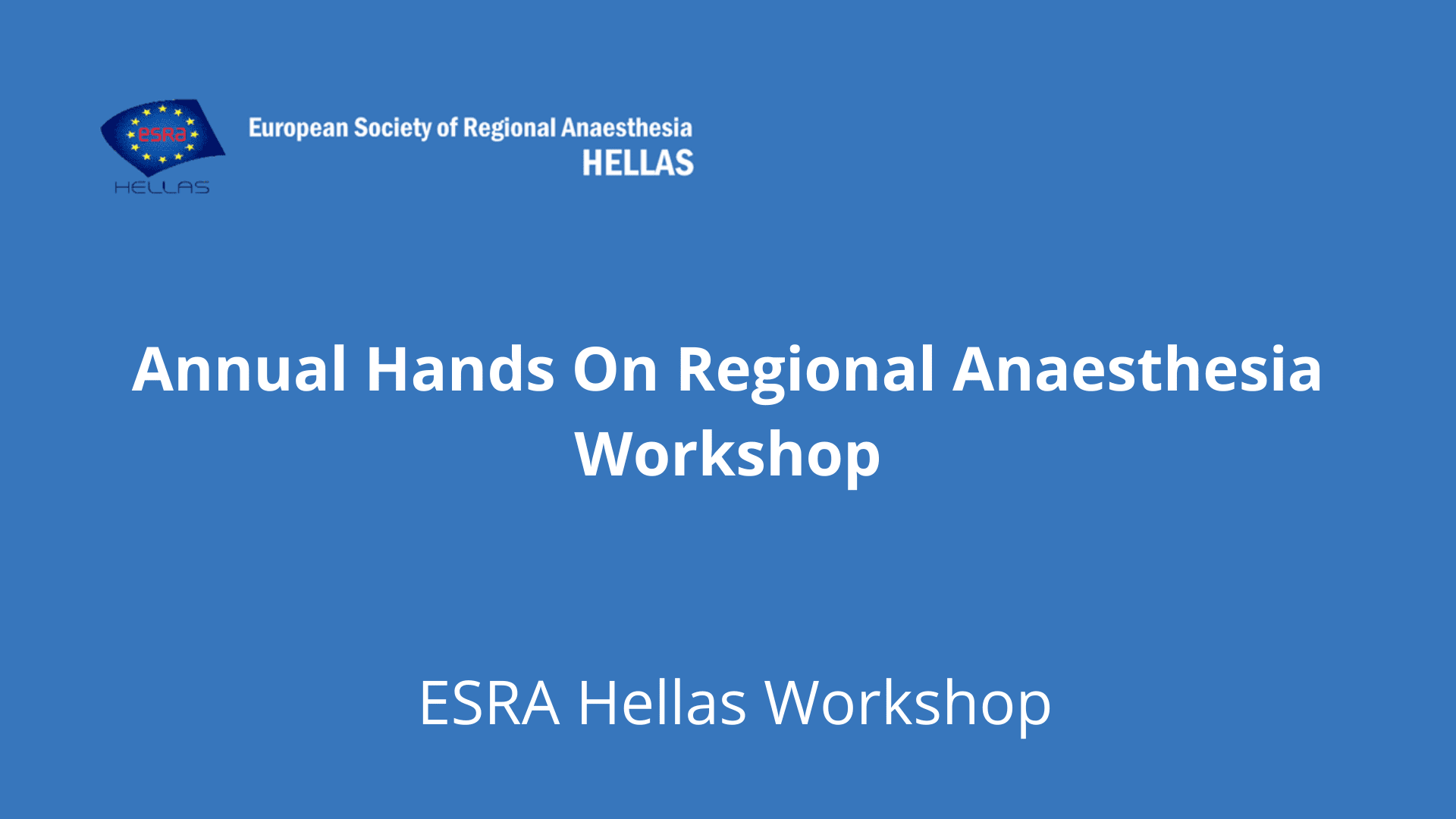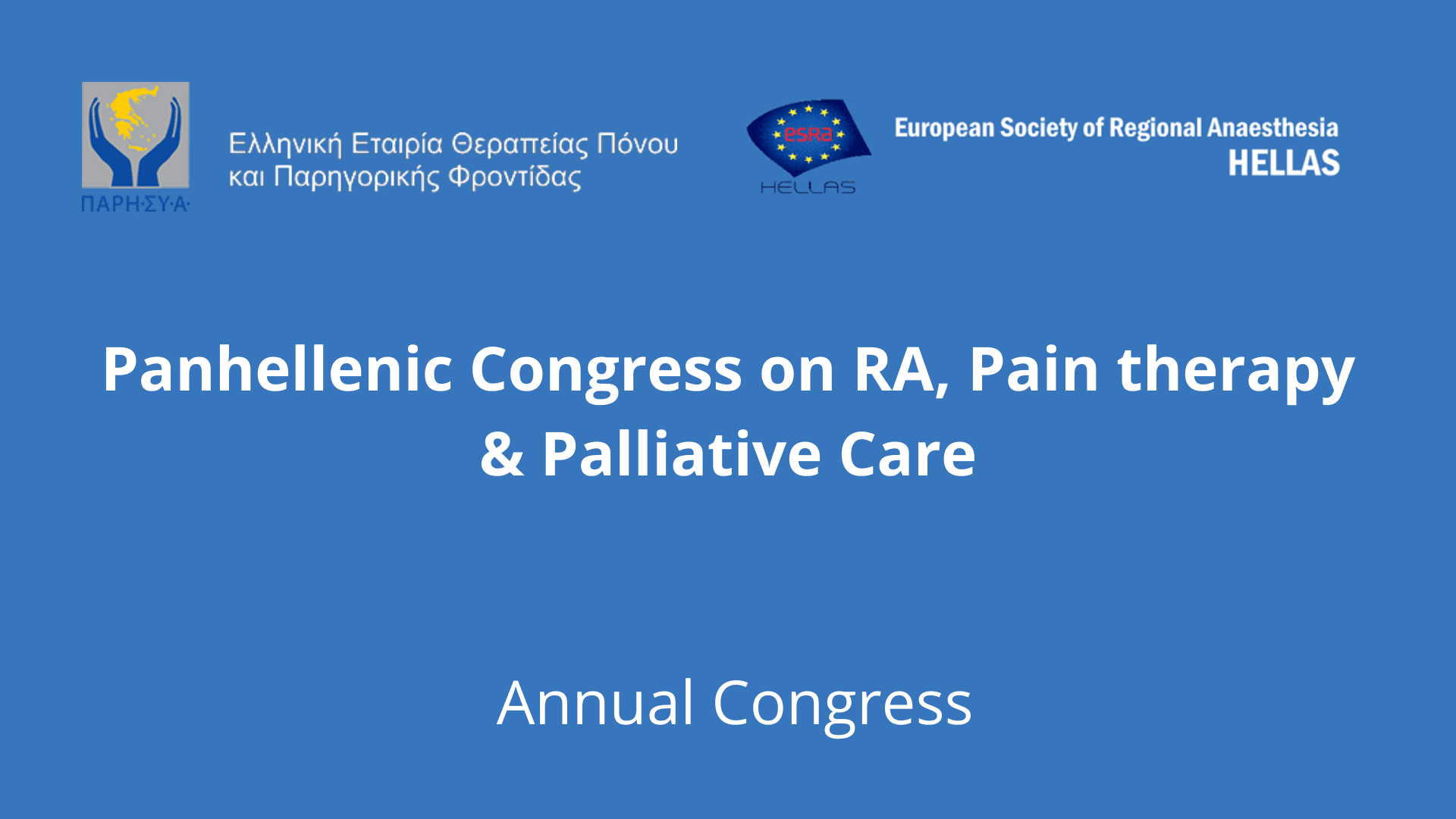Haemorrhoid Surgery

Haemorrhoid Surgery – PROSPECT
GUIDELINES – RECOMMENDATIONS
Procedure Specific Postoperative Pain Management
GUIDELINES – RECOMMENDATIONS
Procedure Specific Postoperative Pain Management
HAEMORRHOID SURGERY
SUMMARY RECOMMENDATIONS
Algorithm for the Management of Postoperative Pain: click here
Patient Advice and Assessment: click here
PROSPECT HAEMORRHOID SURGERY SUBGROUP
For each review, a Subgroup of the prospect Working Group performs an initial evaluation of the evidence and also drafts clinical practice statements and recommendations, which are then discussed by the whole Working Group before a final consensus is reached. The Subgroup may sometimes include a non-Working Group member, to provide additional expertise in the procedure being reviewed. For the haemorrhoid surgery review, the Subgroup members were:
- Professor Girish Joshi (PROSPECT Working Group member)
- Professor Edmund Neugebauer (PROSPECT Working Group member)
GRADES OF RECOMMENDATION
Recommendations are graded according to the overall Level of Evidence (LoE) on which the Recommendations are based, which is determined by the quality and source of evidence (Levels of Εvidence and Grades of Recommendation in PROSPECT reviews from 2006).
PROSPECT provides clinicians with supporting arguments for and against the use of various interventions in postoperative pain based on published evidence and expert opinion. Clinicians must make judgements based upon the clinical circumstances and local regulations. At all times, local prescribing information for the drugs referred to must be consulted.
SUMMARY RECOMMENDATIONS
Pre-, intra- and postoperative interventions have been evaluated for the management of postoperative pain following haemorrhoid surgery. Unless otherwise stated, ‘pre-operative’ refers to interventions applied before surgical incision, ‘intra-operative’ refers to interventions applied after incision and before wound closure, ‘postoperative’ refers to interventions applied at or after wound closure. After haemorrhoid surgery, pain is not only related to the early postoperative period, but is also a problem after 2–3 days, around the time of first defecation. The following peri-operative interventions for haemorrhoid surgery have been reviewed.
PREOPERATIVE RECOMMENDATIONS FOR HAEMORRHOID SURGERY
Pre – Operative Recommendations
Systemic Analgesia
– Parenteral glucocorticoids (Grade B)
– Conventional NSAIDs (Grade B), COX-2-selective inhibitors (Grade B), and paracetamol (Grade B), administered in time to provide sufficient analgesia in the early recovery period
Alternative Interventions
- Laxatives (Grade A)
- Oral metronidazole (Grade A)
LA for Analgesia
- Perianal LA infiltration, as an adjunct to anaesthesia (Grade A)
- Nerve blocks, as adjuncts to anaesthesia (Grade A)
INTRAOPERATIVE RECOMMENDATIONS FOR HAEMORRHOID SURGERY
Intra – Operative Recommendations
Systemic Analgesia
- Conventional NSAIDs (Grade B), COX-2 selective inhibitors (Grade B), and paracetamol (Grade B), administered in time to provide sufficient analgesia in the early recovery period
- Stapled haemorrhoid technique (Grade A)
POSTOPERATIVE RECOMMENDATIONS FOR HAEMORRHOID SURGERY
Postoperative Recommendations
Systemic Analgesia
- Conventional NSAIDs (Grade B), COX-2-selective inhibitors (Grade B)
- Paracetamol (Grade B), for low-moderate pain
- Strong opioids (Grade B), for pain of moderate-high intensity, to supplement non-opioid analgesics
- Weak opioids (Grade B), for pain of low-moderate intensity, to supplement non-opioid analgesics
Alternative Interventions
- Laxatives (Grade A)
- Oral metronidazole (Grade A)
NOT RECOMMENDED IN HAEMORRHOID SURGERY
Pre – Operative Not Recommended
Systemic Analgesia
- Gabapentinoids (Grade D) because there is no procedure-specific evidence and because the benefit:risk ratio is not sufficiently favourable for this ambulatory procedure
- Ketamine (Grade D) because there is no procedure-specific evidence and because the benefit:risk ratio is not sufficiently favourable for this ambulatory procedure
- Dextromethorphan (Grade D) based on inconclusive procedure-specific and transferable evidence
- Strong Opioids, Including Transdermal Fentanyl (Grade D) due to a lack of procedure-specific and transferable evidence
Topical Therapies
- Topical EMLA (Grade B) based on limited procedure-specific evidence showing a lack of analgesic benefit
LA for Analgesia
- Caudal LA or Opioid (Grade D), due to an insufficiently favourable benefit:risk ratio for this ambulatory procedure
Adjuncts to Spinal Anaesthesia
- Addition of Adjuncts to the Spinal Solution (Grade D), due to potential side-effects
Intra – Operative Not Recommended
Alternative Interventions
- Botulinum Toxin (Grade D), due to inconsistent procedure-specific evidence for analgesic benefit in the postoperative period
Adjuncts to Surgery
- Lateral Sphincterotomy (Grade D) for analgesia due to limited and inconsistent procedure-specific evidence
- Anal Dilator (Grade D) for analgesia based on limited procedure-specific evidence
Postoperative Not Recommended
Systemic Analgesia
- Gabapentinoids (Grade D) because there is no procedure-specific evidence and because the benefit:risk ratio is not sufficiently favourable for this ambulatory procedure
- Ketamine (Grade D) because there is no procedure-specific evidence and because the benefit:risk ratio is not sufficiently favourable for this ambulatory procedure
- Dextromethorphan (Grade D) based on inconclusive procedure-specific and transferable evidence
Alternative Interventions
- Botulinum Toxin (Grade D), due to inconsistent procedure-specific evidence for analgesic benefit in the postoperative period
- Flavonoids (Grade D), because of limited and inconclusive procedure-specific evidence
- Anal Sphincter Relaxant (Grade D) for analgesia based on limited procedure-specific evidence
Topical Therapies and Haemostatic Dressings
- Topical Glyceryl Trinitrate (Grade D), due to inconsistent procedure-specific data
- Topical Calcium Channel Blocker (Grade D), due to limited procedure-specific evidence
- Calcium Alginate Dressings (Grade D), due to limited procedure-specific evidence






